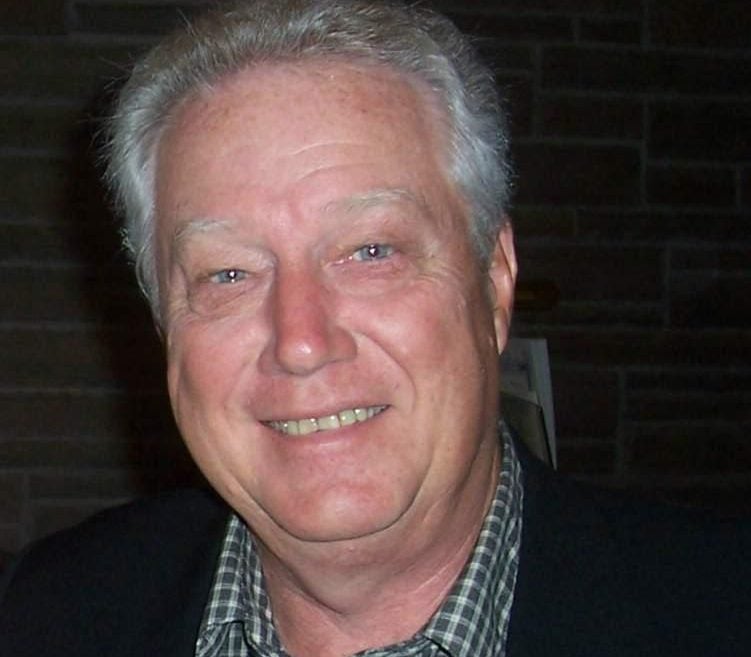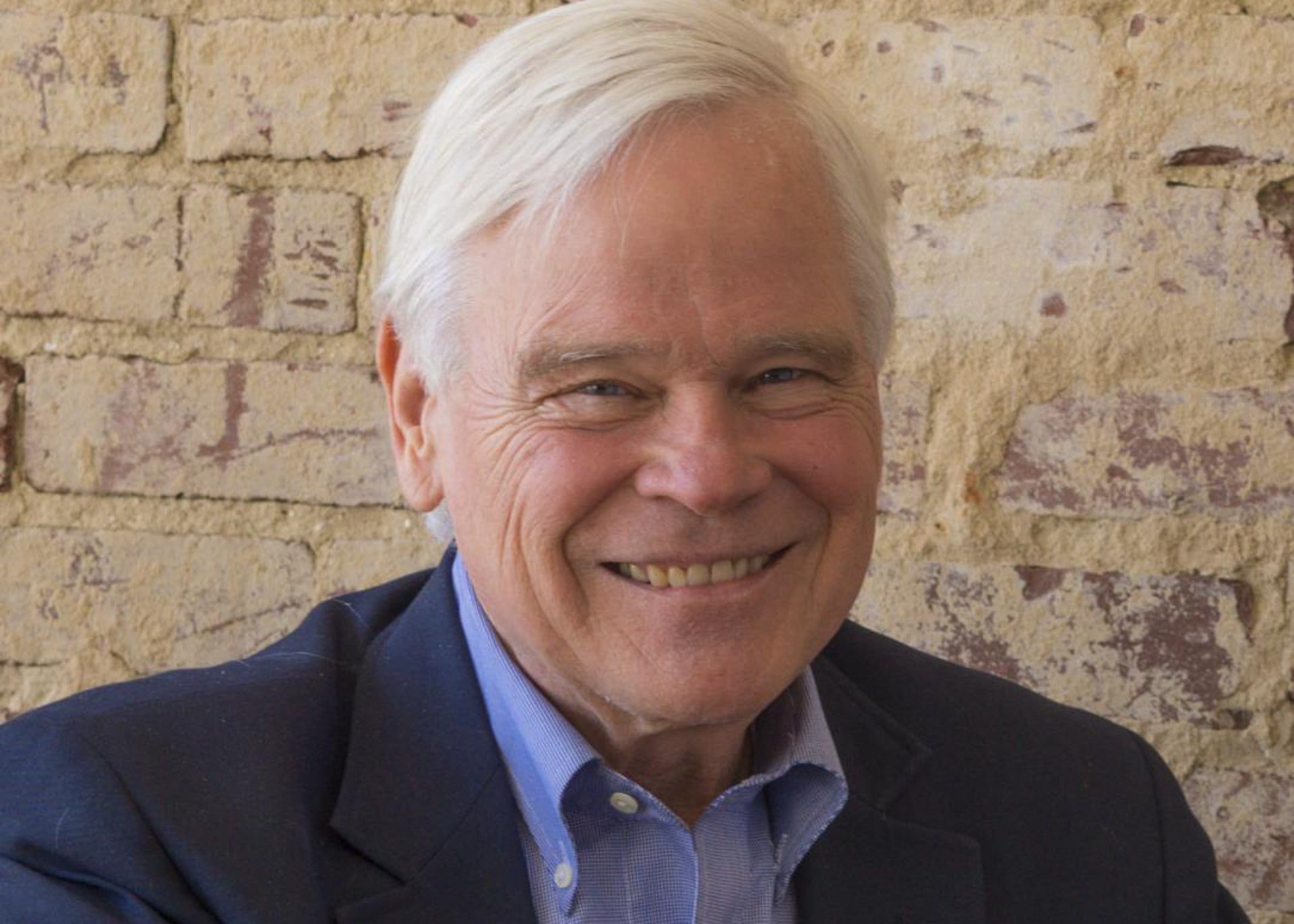Guest Opinion: Academic research can’t end the pandemic without private backing
Published 8:49 am Monday, August 3, 2020
|
Getting your Trinity Audio player ready...
|
By Jon Soderstrom, Ph.D.
Scientists at Yale University and scores more research institutions nationwide are working around the clock to identify potential avenues of diagnosing, preventing and treating COVID-19. Many of these projects are backed by the federal government’s National Institutes of Health. Any one of them could lead to a game-changing insight that helps end this pandemic.
For any of these efforts to succeed, however, it will take more than government-funded laboratory research. The reality is that in the United States, medical progress depends on partnerships between academic scientists and biopharmaceutical firms willing to risk millions to test whether a promising insight actually pans out.
The process of drug discovery and development in the United States follows a typical pattern: University researchers apply for federal grants to study basic scientific questions, such as how the novel virus infects a cell. If they discover something that could have an application, they may file an application to protect their intellectual property. This intellectual property can then be licensed to a private company that commits to investing the time, expense and expertise required to try and translate the nascent discovery into a safe and effective therapy.
Bringing a new medicine would be nearly impossible without this structure. Clinical trials alone can cost hundreds of millions of dollars and take years to complete. And only about 12 percent of drugs that enter phase I clinical trials make their way to FDA approval.
University researchers have expert knowledge of the science they do in their labs. They do not typically have the expertise and institutional knowledge required to shepherd new drugs through the FDA’s complex approval process. That’s another benefit of the collaborative model. Private pharmaceutical companies bring such expertise, as well as facilities to produce new technologies at scale while maintaining the highest standards of safety and efficacy. This private-sector expertise and capacity enables new medicines to get to patients as quickly as possible.
The same can’t be said of either universities or the federal government. After all, universities are devoted to the creation and dissemination of knowledge – not to the intricacies of pharmaceutical supply chains and FDA regulations.
This model has yielded breakthrough therapies, like Taxol, a medicine for breast and ovarian cancer, and Tovaxin, which treats multiple sclerosis. Under license from Yale, the pharmaceutical company Bristol-Myers Squibb developed Zerit, a key component of what would become the combination therapy for HIV/AIDS. Bristol-Myers would subsequently make Zerit available at minimal cost in Africa, where it has helped save millions of lives.
Such collaboration traces its origins to the Patent and Trademark Law Amendments Act of 1980, better known as “Bayh-Dole.” Over the past 40 years, the United States has emerged as the global leader in pharmaceutical innovation, responsible for two in three new medicines.
America’s unique drug development model has never been more important to global health.
The pace of COVID-19 research coming from scientists in American labs has been nothing short of astounding. In partnership with the capital and expertise of the private sector, these discoveries will soon usher in global benefits.
Jon Soderstrom is the managing director of the Office of Cooperative Research at Yale University.
FOR MORE COLUMNS AND LETTERS TO THE EDITOR, CHECK OUT OUR OPINION SECTION HERE.
ALSO OF INTEREST:
Letter to the Editor: Treating one another with dignity in a time of crisis




